Activists. Scientists. Scholars. Mothers. Writers. Women have been contributing to the environmental movement since its humble beginnings. Women have been disdained, excluded, jailed, and even murdered for working towards environmental progress, yet they still fight on. In honor of Women’s History Month, we have compiled profiles of revolutionary women from across the spectrum of the environmental movement. These women show us the value of empowerment, and inspire us with their passion for a better world.
Rosalie Edge

Despite her wealthy, socialite upbringing in New York City, Rosalie Edge was anything but proper and demure. A dedicated suffragist, Edge shifted her attention towards the National Audubon Society after the passage of the 19th amendment. Having become aware of the gender-based injustices happening within the National Audubon Society, Edge sued the organization and made a point of exposing the persistent corruption. Through lawsuits and exposing pamphlets, Edge successfully had all the former directors removed from the organization.
Edge maintained this momentum for the rest of her life. The Emergency Conservation Committee that she created in response to the Audubon Society crisis became her instrument of political change. With its support she was able to preserve 8,000 acres of sugar pines on the southern edge of Yosemite and create both Kings Canyon and Olympic National Parks.
When the Audubon Association didn’t want to pay for a hawk sanctuary that she felt strongly about, Edge raised the money and bought the place herself, paving the way for a mindset of species preservation that had not existed in conservation circles before her. Hawk Mountain Sanctuary, as it was called, was happily owned and run by Edge for the rest of her life, and is still an important place of conservation today. During her reign, Rosalie Edge was considered the leader of the conservation movement – her period’s John Muir. A tenacious and effective activist, she changed the movement in ways we can still feel today, and paved the way for Rachel Carson and all other women who came after her.
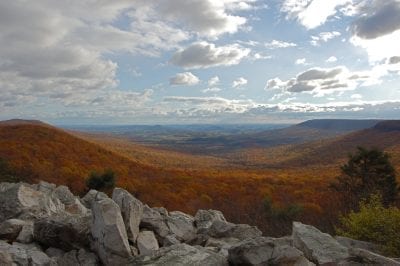
Sylvia Earle
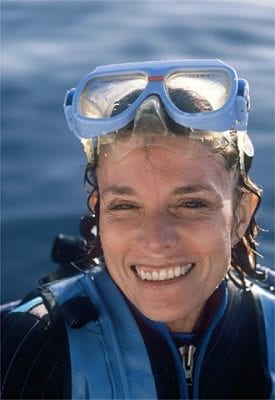
Sylvia Earle has inspired a generation of people to value our oceans. Also known as “Her Deepness,” or “The Sturgeon General,” Earle started her journey by obtaining a PhD in phycology (the study of algae) in 1966. A deep diving pioneer, she has tied the overall record for a solo dive depth in 1986 (the first woman to do so), and founded Deep Ocean Engineering, a business that aims to improve the technology of robotic and piloted subsea systems. She was awarded Time Magazine’s first Hero for the Planet designation in 1998, and has held the title of National Geographic Explorer-in-Residence since then. As the first woman to serve as Chief Scientist for the National Oceanic and Atmospheric Association (NOAA), she was also the chair of the Advisory Council for the Ocean for Google Earth. An expert on the impact of oil spills, she was a crucial resource in the Exxon Valdez, Mega Borg, and Deepwater Horizon disasters.
Throughout her extensive career she has held positions at various universities, has won a slew of awards, and has authored over 150 publications. One of her greatest contributions to ocean preservation, Mission Blue, included a global coalition of over 200 organizations aims to preserve the world’s marine protected areas, deemed ‘Hope Spots.’ Sylvia Earle recognizes the power of science, and has harnessed it to capture the imaginations of the public.
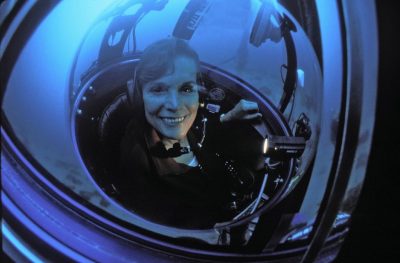
Wangari Maathai
Nobel laureate and leading environmentalist political activist Wangari Maathai spent her life promoting intersectional environmentalism, advocating that environmental action is “more than planting trees, it’s planting ideas.” Born in the rural Kenyan village of Nyeri, Maathai was one of 300 Kenyan students to be a part of the Airlift Africa program in 1960, a program that allowed her to receive an education at a university in the United States. After earning her bachelor’s and master’s degrees in biology, she returned to Kenya, becoming the first woman in East and Central Africa to earn a doctorate degree.
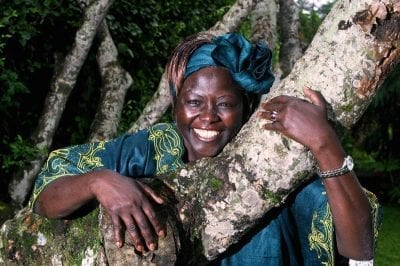
Embracing the connections between gender inequality and environmental issues, Maathai founded the Greenbelt Movement, a movement that taught women sustainable land use practices. Since its inception, the movement has trained over 30,000 women and planted more than 51 million trees, an achievement that led to her Nobel Peace Prize Award. With a commitment to ecofeminism and equitable participation, Maathai has had a monumental impact on the global environmental movement.
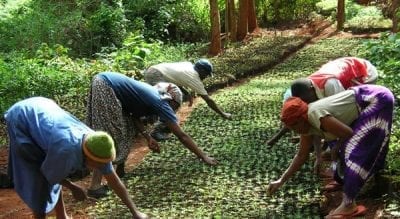
Lois Gibbs
Lois Gibbs is a story of the power that personal impact has to inspire national activism. She started out her journey as a mother in the small, suburban neighborhood of Love Canal. Her son attended the local elementary school in Niagara Falls, New York. It was discovered that her son’s elementary school and, with further investigation, the entire neighborhood, was built on top of a toxic waste site.

Fearing for the health of her son and all of the kids of Love Canal, Lois Gibbs was launched into activism. She began knocking on doors, creating petitions, and eventually came together with her neighbors to create the Love Canal Homeowners Association. After years of grassroots activism, confrontations with the New York State Department of Health, and national attention, Gibbs got what she wanted. Nearly one thousand families were evacuated from Love Canal, and a massive cleanup began.
Because of the hard work of Lois Gibbs and the residents of her neighborhood, the Environmental Protection Agency instituted a program to locate and clean up contaminated sites like Love Canal across the country. It’s called the Comprehensive Environmental Response, Compensation and Liability Act, or the Superfund Program.
Since Love Canal, Gibbs has founded a grassroots environmental crisis center called the Center for Health, Environment and Justice (CHEJ), which focuses on creating strong local organizations to ensure the federal government is doing what it’s supposed to do. Gibbs has received many awards for her work, including the Goldman Environmental Prize, the Heinz Award, and a nomination for the Nobel Peace Prize. However, the most important legacy she is leaving behind is the support system she has created for those neighborhoods that suffer as Love Canal has suffered, but do not have the voice to call for change.

Vandana Shiva
A notable ecofeminist, scientist, writer, and activist, Vandana Shiva has worn many hats in her life, often at the same time. Brought up with a love for nature fostered by her two parents, she received a PhD in the philosophy of physics, and went on to interdisciplinary research in science, technology, and environmental policy at the Indian Institute of Science and the Indian Institute of Management in Bangalore. She eventually established Bija Vidyapeeth, an international college for sustainable living, in collaboration with the U.K.’s Schumacher College.
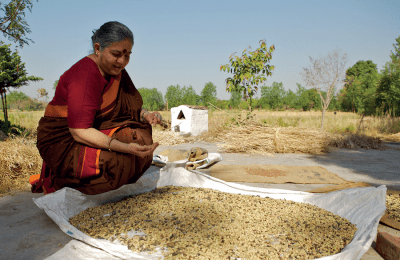
Shiva is a leader in championing agricultural biodiversity and local sovereignty. She is on the cutting edge of advances in food technology and the human rights implications of such advances. Much of her activism in this area has been achieved through a national movement she started in 1991 called Navdanya, whose mission is to “protect diversity and integrity of living resources, especially native seed, the promotion of organic farming and fair trade.” Navdanya has educated farmers across India of the value of diverse and individualized crops, and has mounted activist campaigns on issues involving intellectual property rights, biotechnology, bioethics, and genetic engineering.
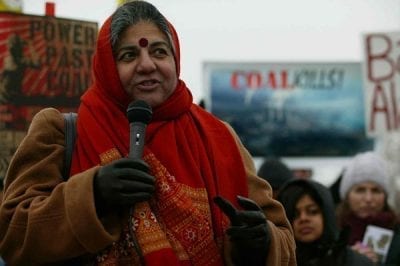
A notable ecofeminist, Siva has written over 20 publications, many on topics that show how women’s rights and environmental issues are inextricably linked. In fact, the first book she published, Staying Alive, focused on redefining perceptions of third world women. In 1990, she wrote a report on women’s role in agriculture titled “Most Farmers in India are Women,” as requested by the Food and Agriculture Organization of the United Nations. She founded the gender unit at Kathmandu’s International Centre for Mountain Development, and is a founding board member of the Women’s Environment and Development Organization.
Shiva has changed the narrative around local sovereignty, sustainable farming, women in the environmental movement, farmers, globalization, and everything in between. She advises governments, international organizations, and is a leader in worldwide discussions. How is she capable of such extraordinary feats, and how can we emulate her? When asked, Shiva responded “you are not Atlas carrying the world on your shoulder. It is good to remember that the planet is carrying you.” Protecting the Earth is simply a matter of recognizing our place within it.
Want to know more about how UConn women are continuing progress for Sustainability? Follow us on Instagram and join our Newsletter!
UConn Office of Sustainability on Instagram
Newsletter Sign Up
Directly Fund Sustainability Progress at UConn
Donate